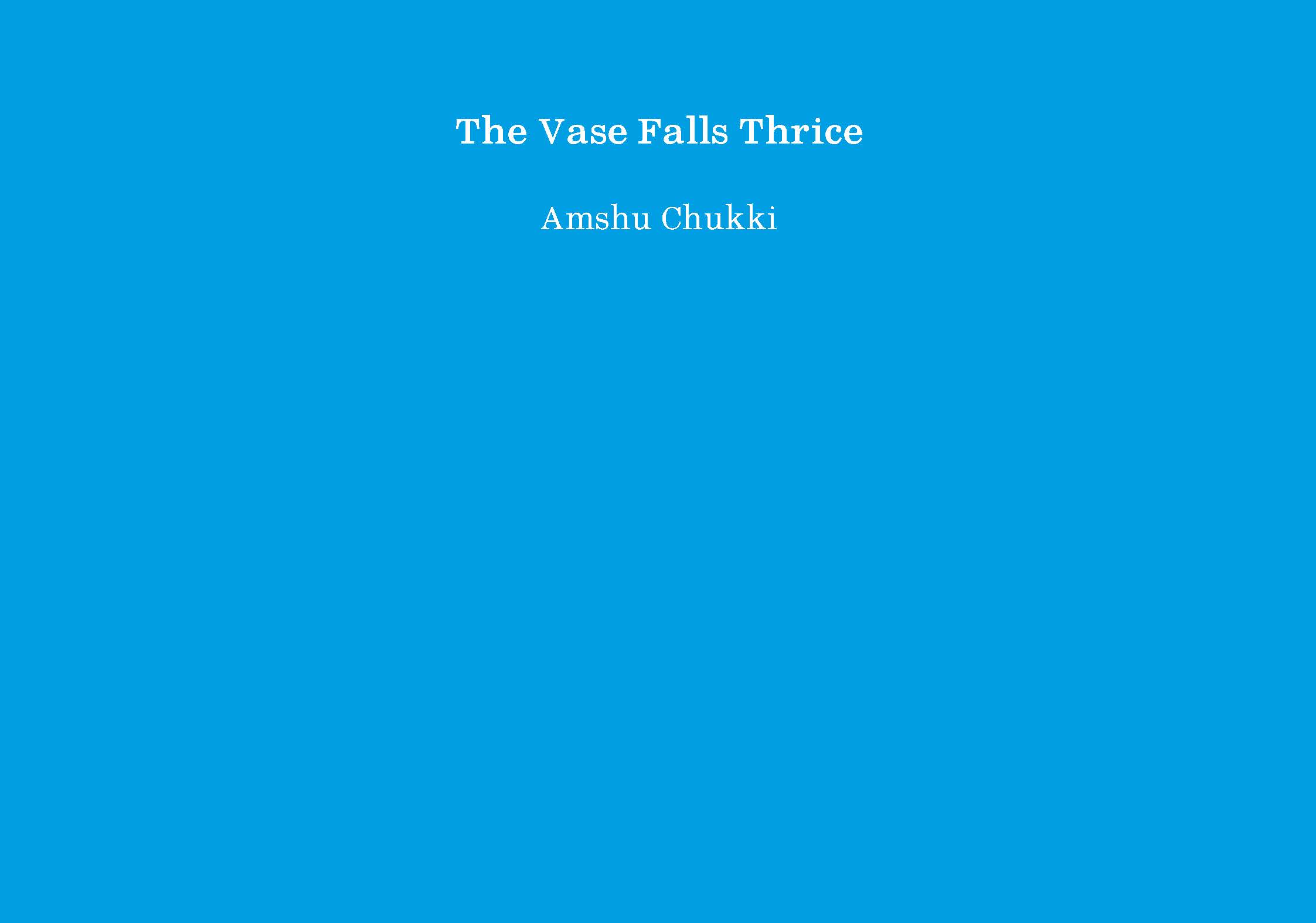
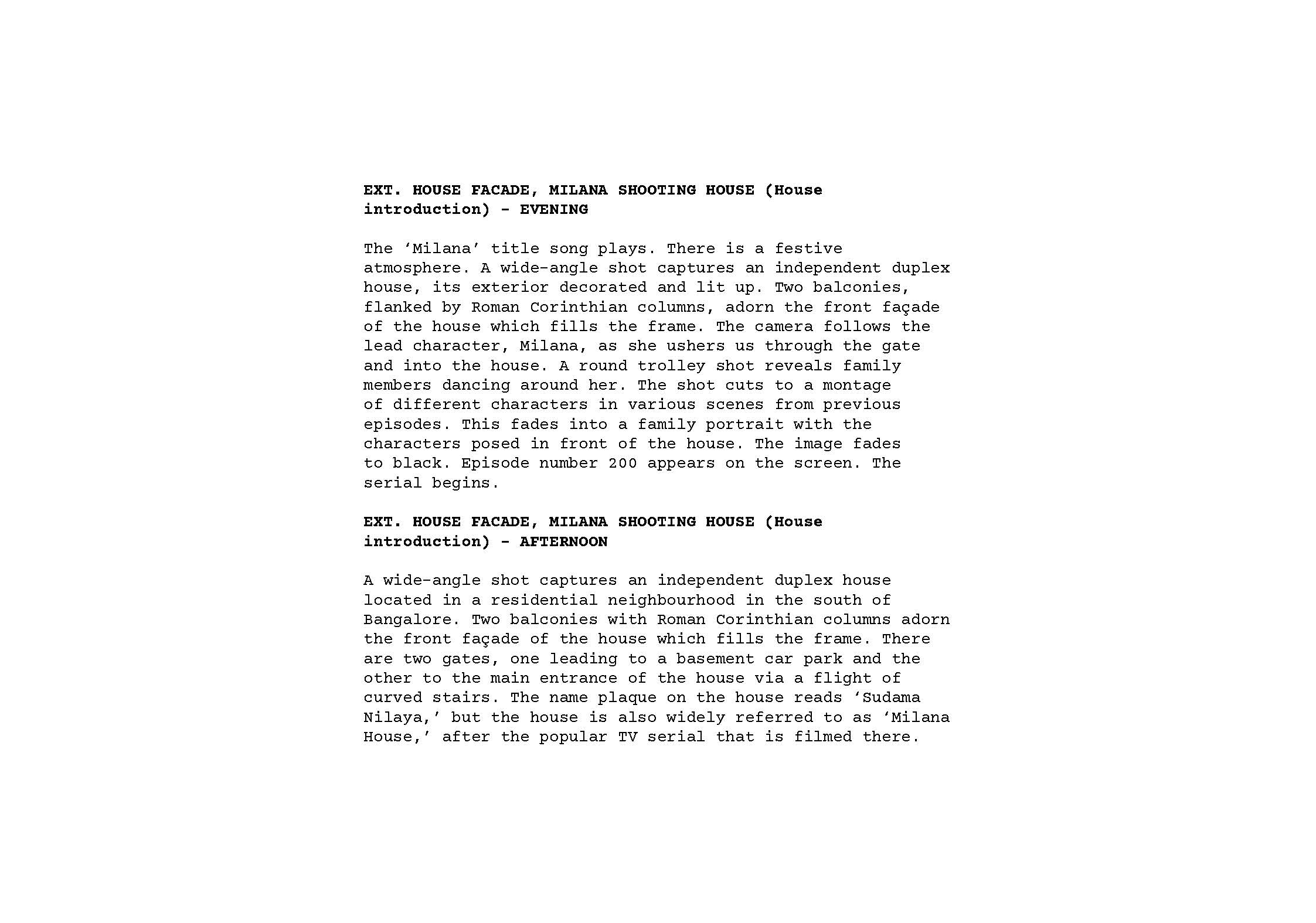


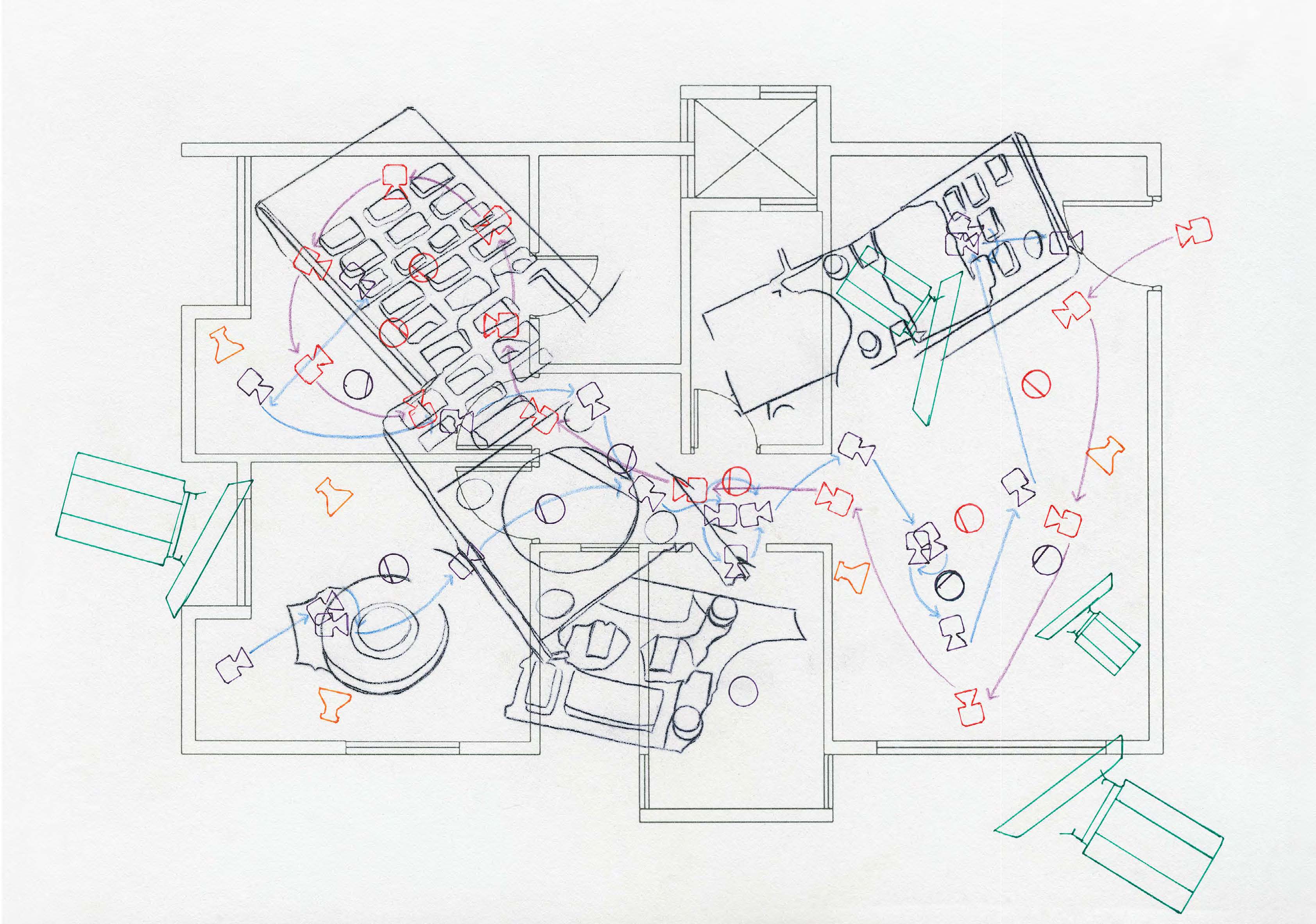
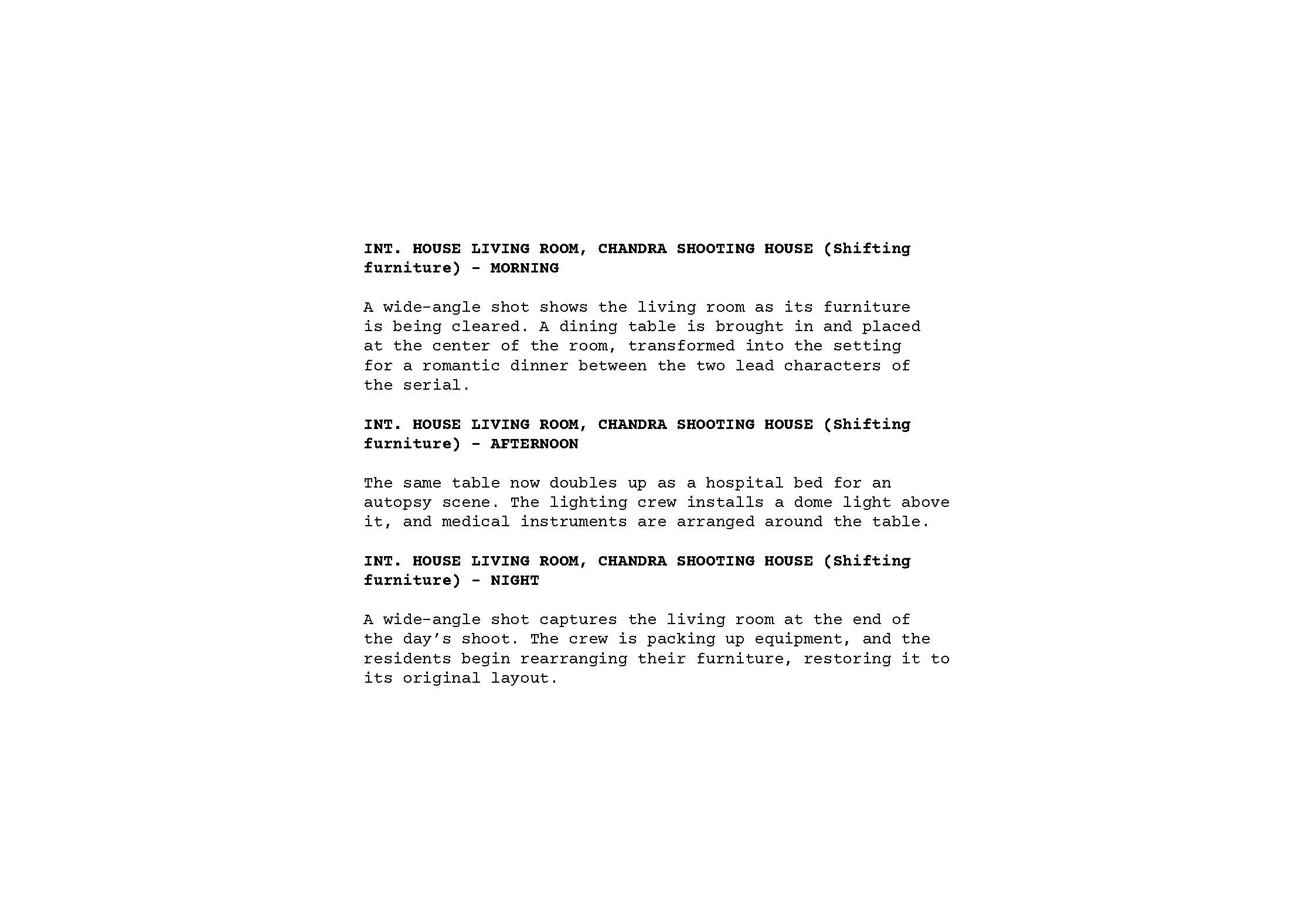




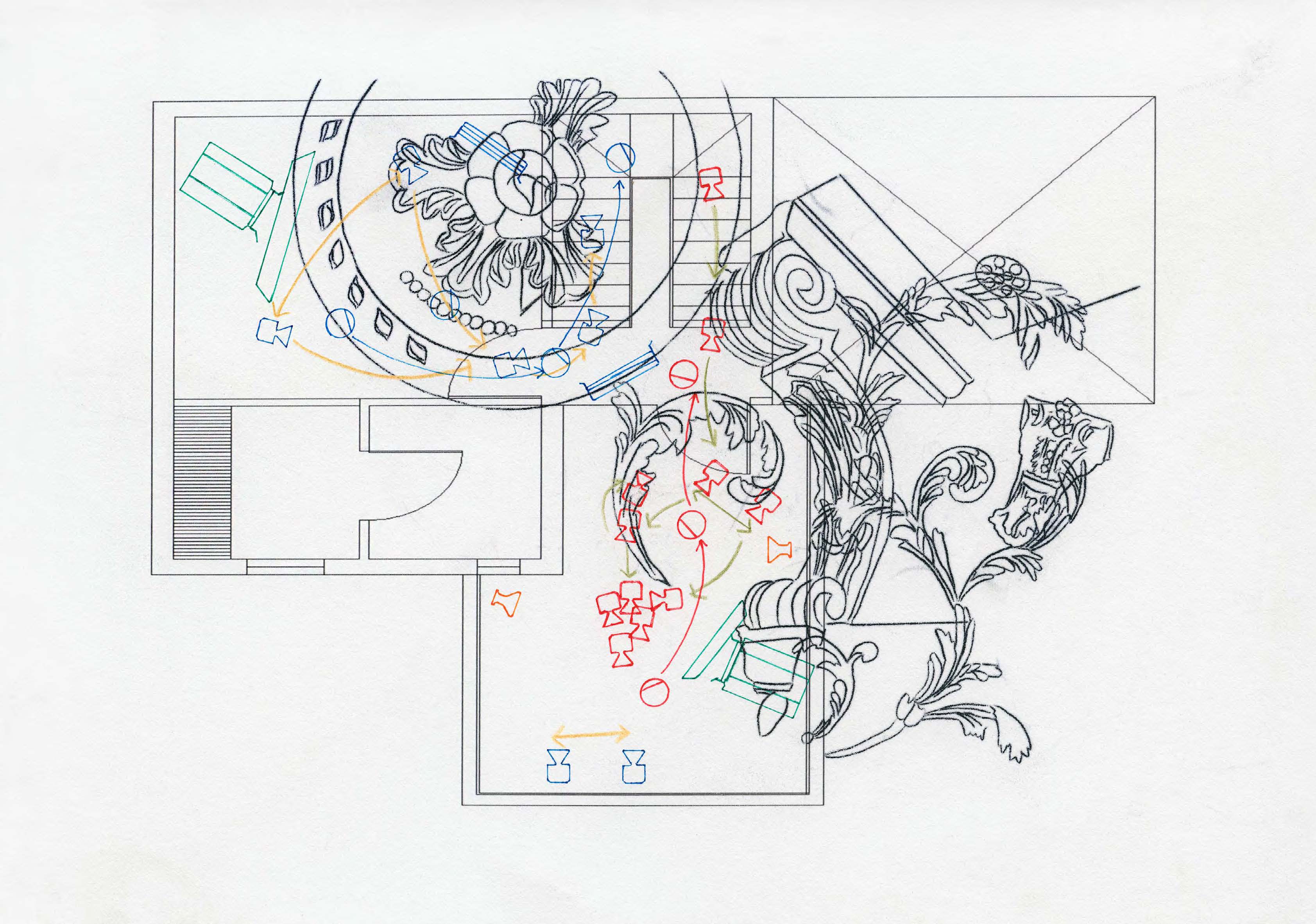

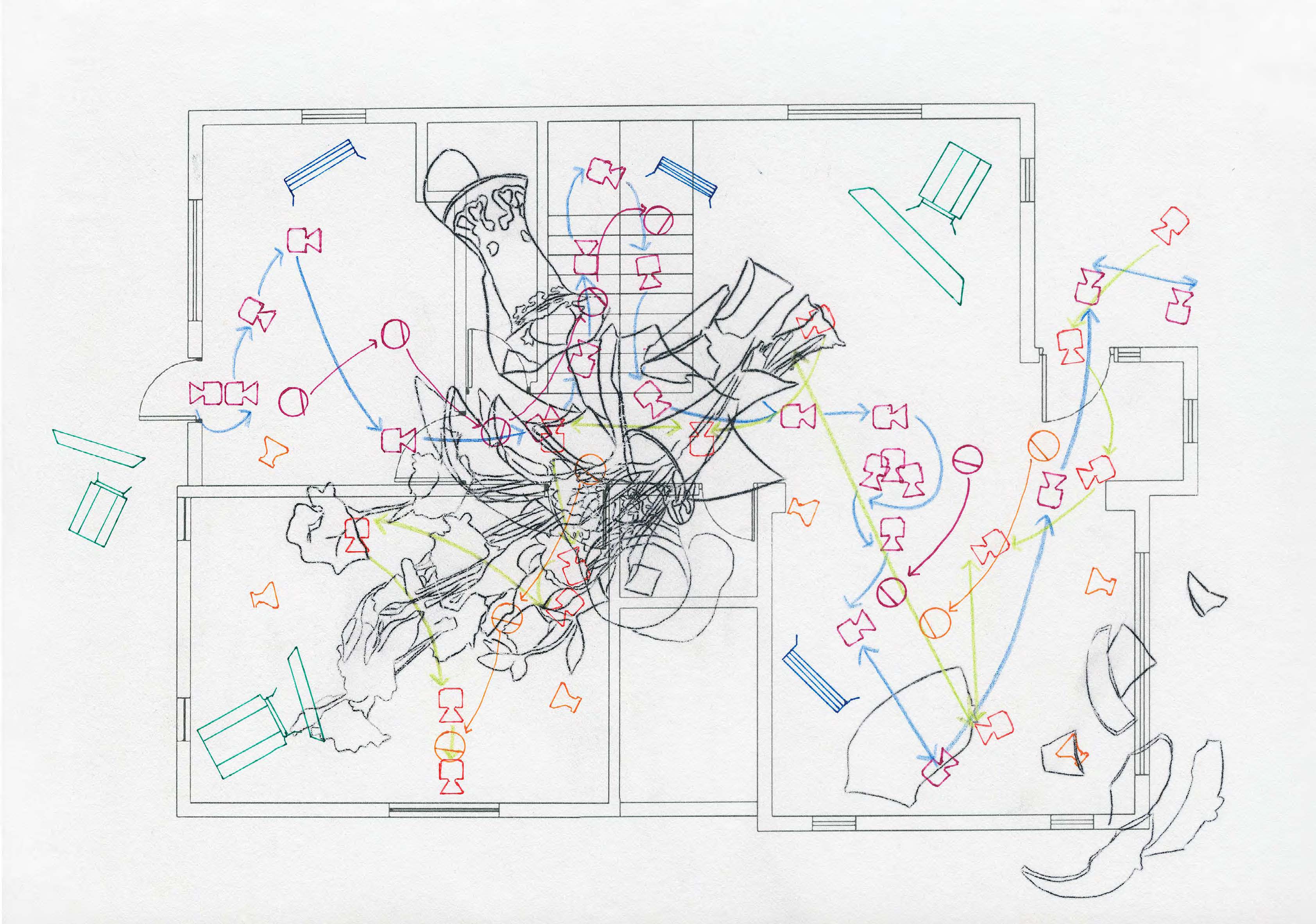



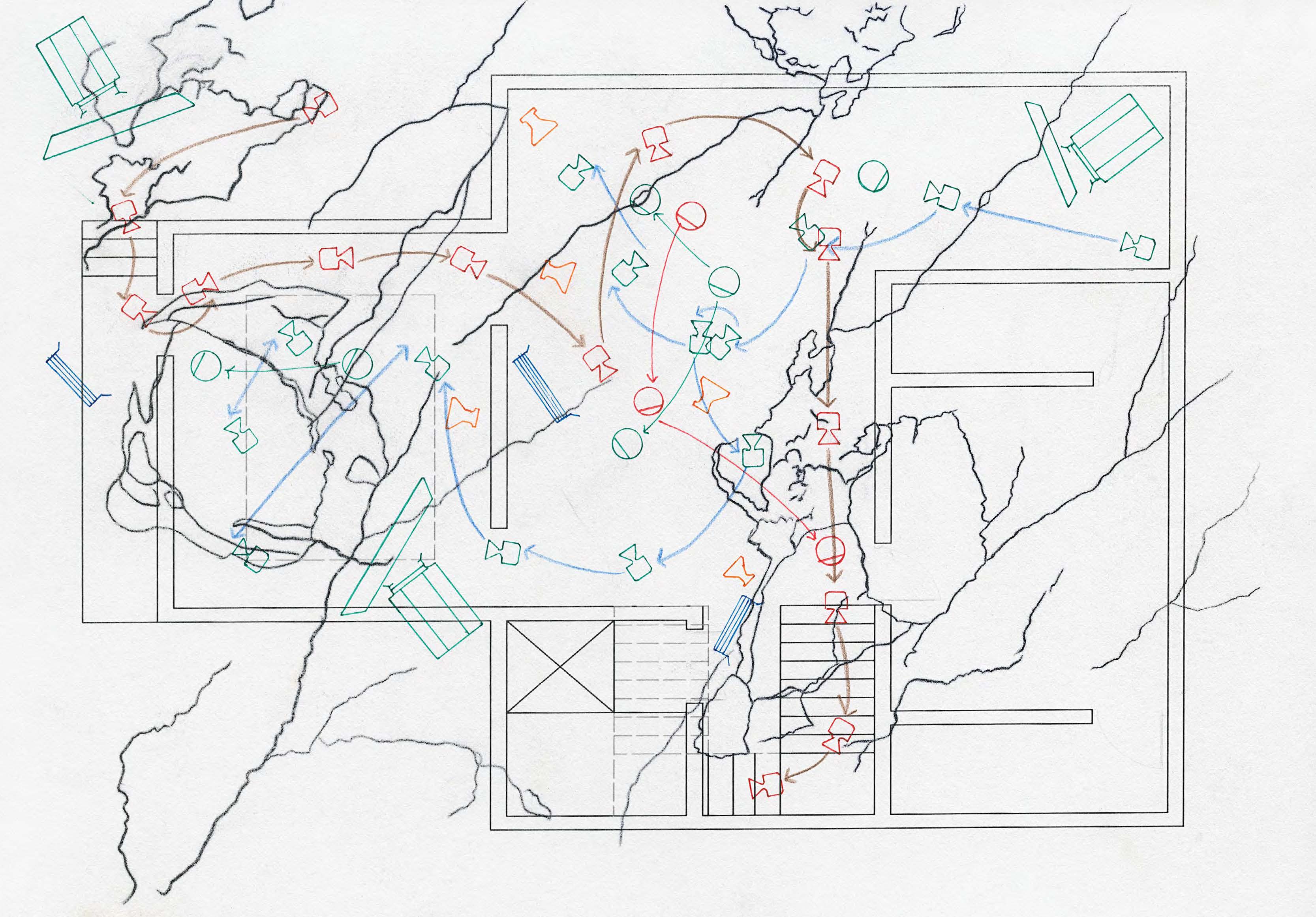
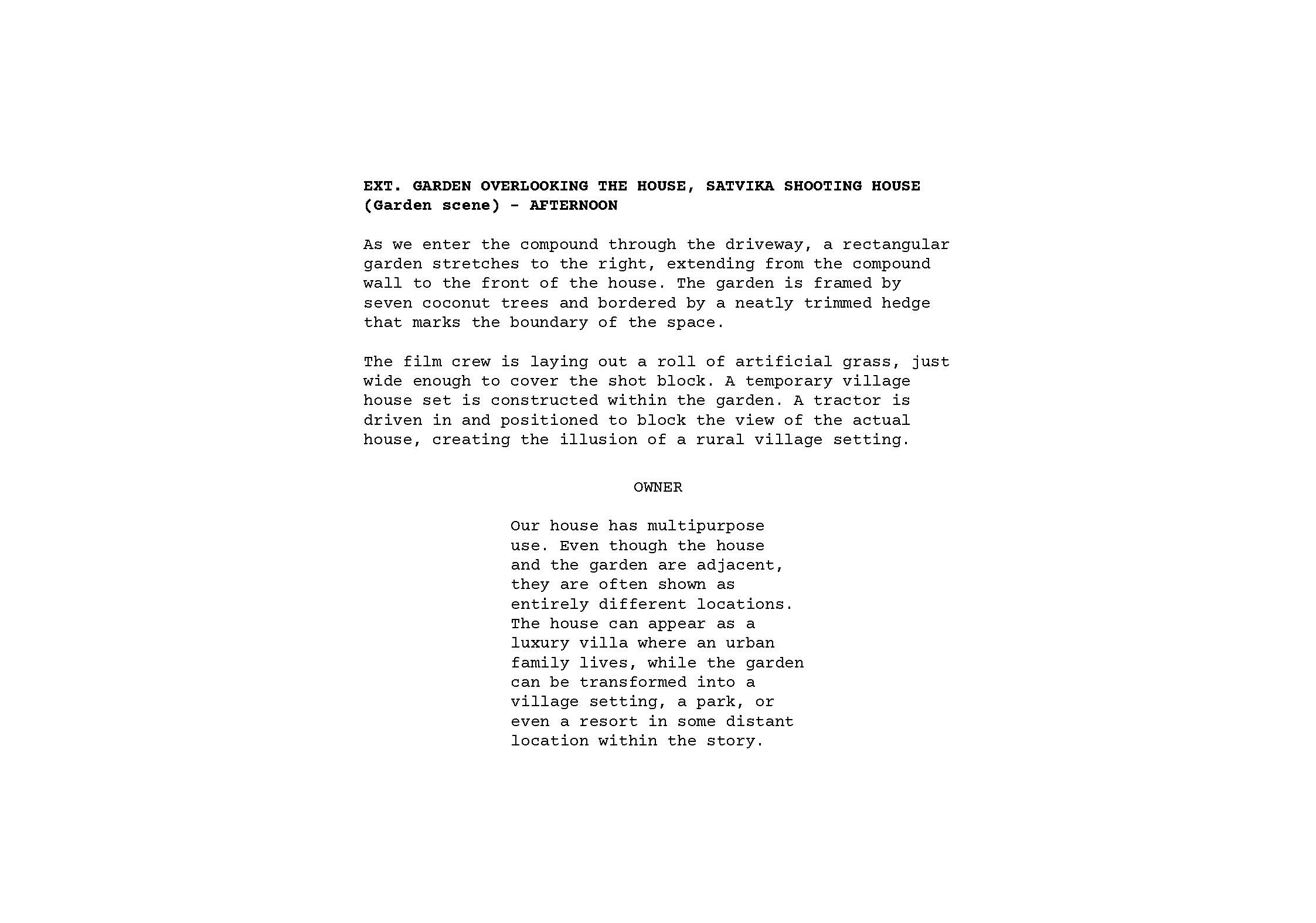
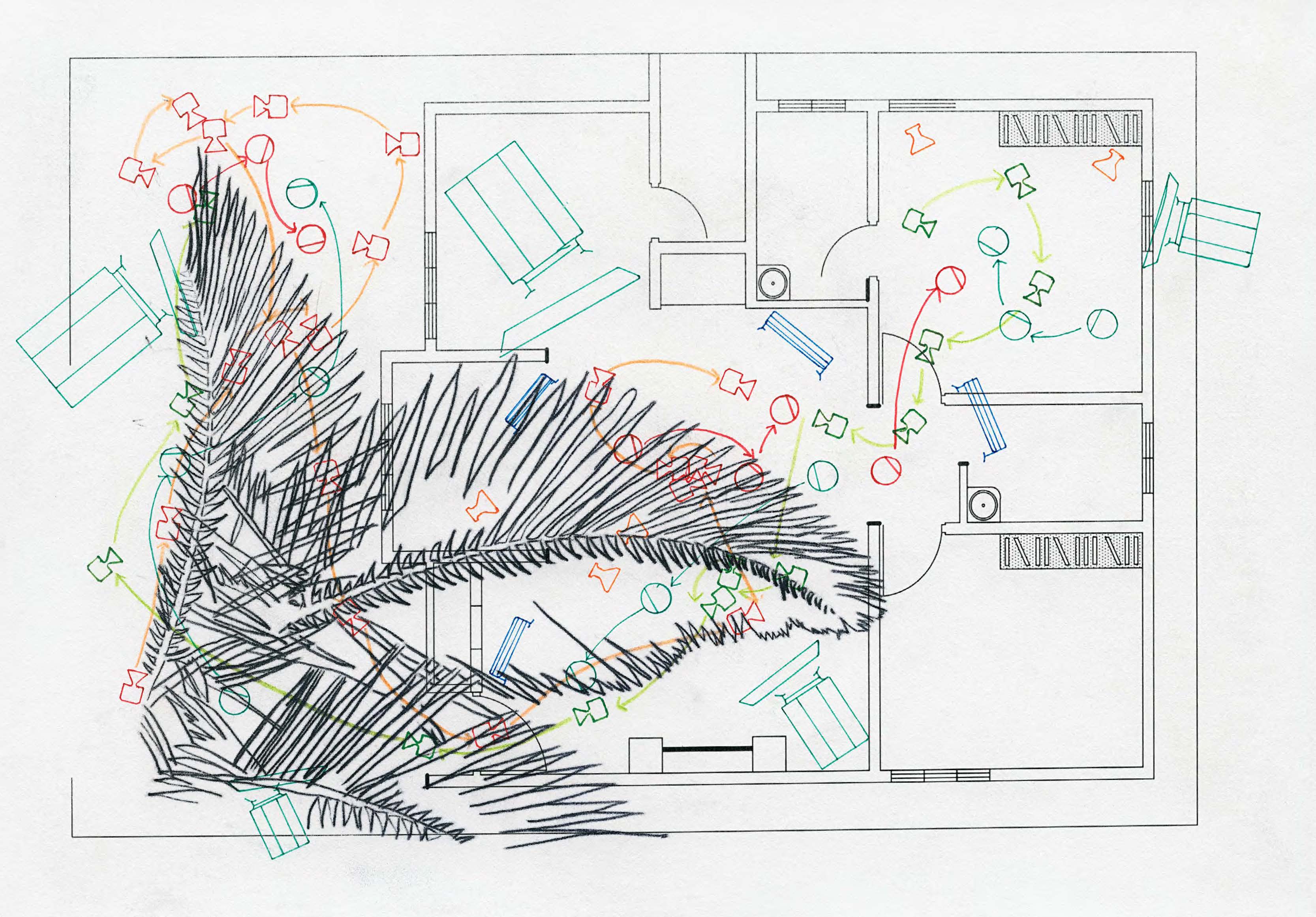
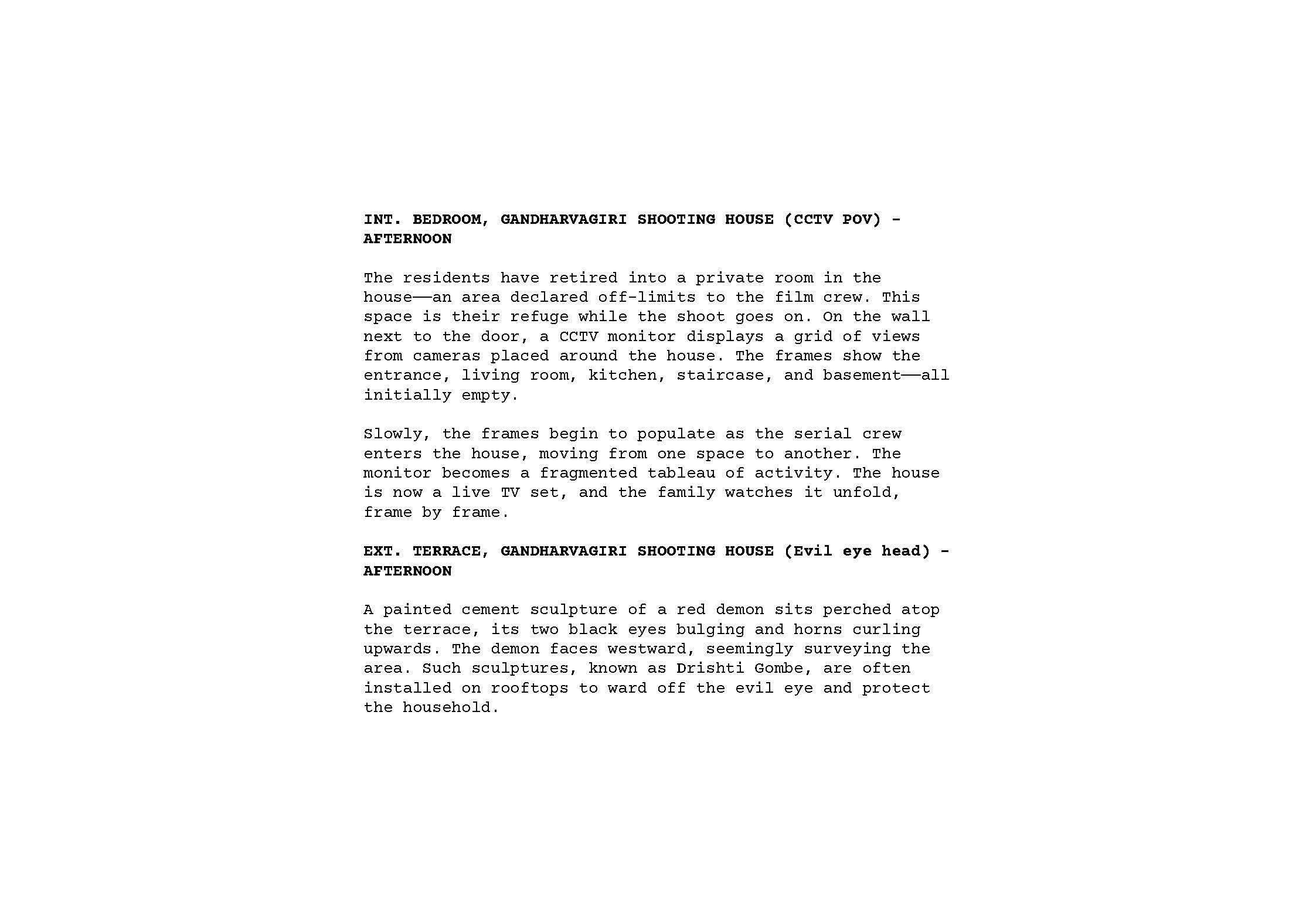





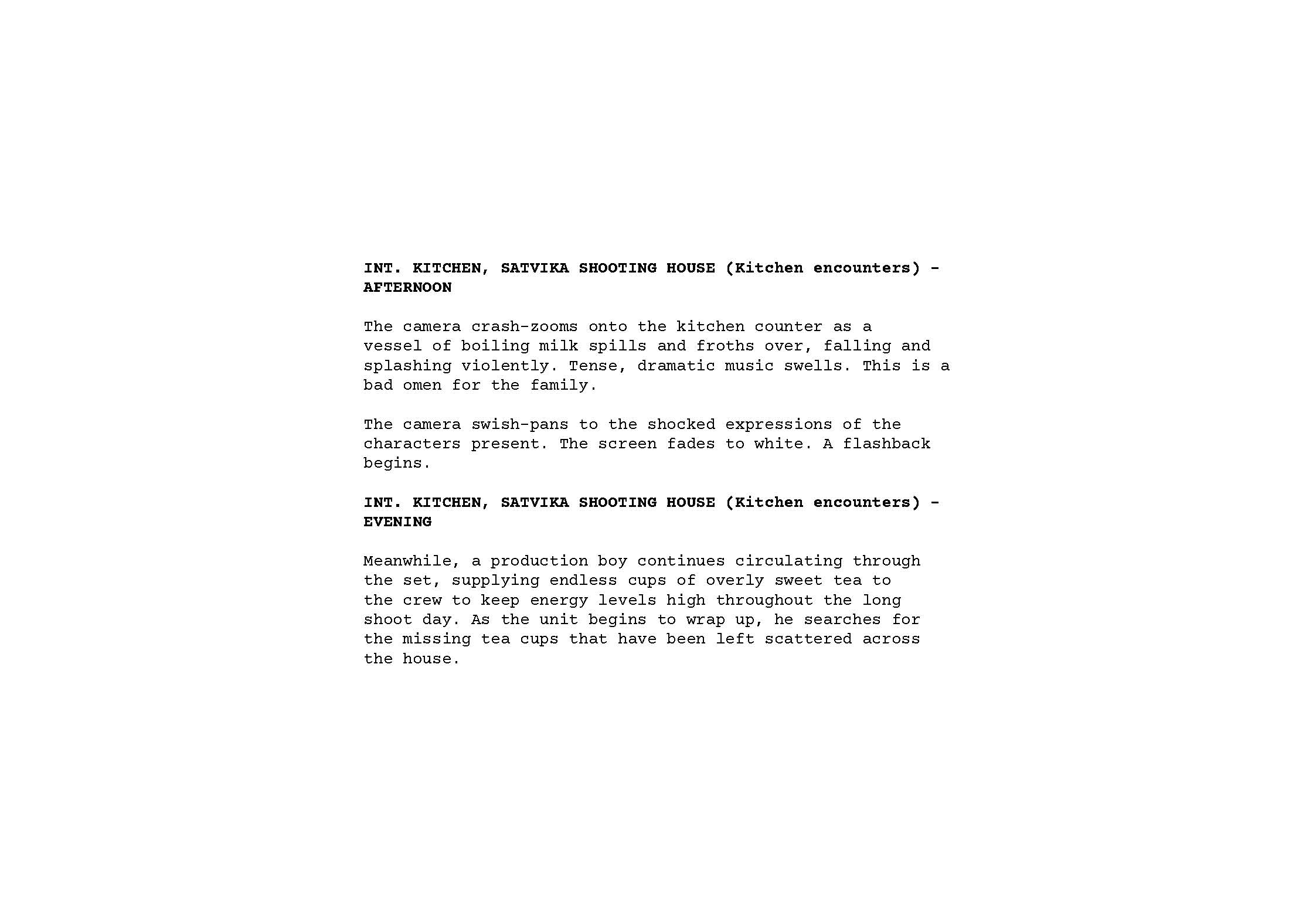

This book brings together a series of drawings and screenplays that emerged from my time spent in residential houses across South Bangalore—spaces that double up as film and television sets. What drew me in was the way cinema quietly rearranges these homes—not just their walls and objects, but their rhythms, routines, and roles. Curtains are changed, furniture pushed aside, light filtered and bounced. What appears on screen is seamless, but behind it is a choreography of labour that often goes unseen.
In these homes, I witnessed a strange folding of cinema into everyday life. The resident families aren’t just passive hosts—they begin to speak the language of cinema. The owner advises where to place the camera. A daughter might find herself cast as a child actor. Over time, some families come to sustain this as a business, leasing out their homes for multiple productions. In some cases, the house even adopts the name of the series once filmed there—becoming “the Milana house” or “the Kadambari house”—as fiction leaves its mark on the architecture. I became especially interested in the people who live within this recursion—inhabiting a space that is both home and set, private and staged—where daily life folds into cinematic staging, and the labour of film quietly reshapes how space is lived.
The presence of these shooting houses often marks the edge of the city. On the outskirts, the logistics of production—generator vans, shoot permissions, crew accommodation—are more easily arranged. Out here, homes stretch into sets, and domestic architecture becomes a kind of frame for cinematic infrastructure: the width of a living room to allow dolly tracks, the height of a ceiling window to let light in, the gloss of a kitchen’s interior to match the look of a serial. Slowly, a modular way of thinking emerges—about homes, domesticity, cinema, labour, and the growing city around them.
During these visits, I wasn’t allowed to film while the shoot was in progress, as the production had to be kept under wraps to avoid leaks. So much of my role became that of an observer—watching from the sidelines as scenes were staged and restaged, as routines of work and waiting unfolded across the day. I began noting down moments when something slipped: when cinema, staging, architecture, domesticity, and the people—both residents and crew—seemed to overlap in unexpected and often idiosyncratic ways. These fragments, specific to the conditions and character of each house, began forming the foundation of this project. Alongside this, I also began measuring and mapping each house, drawing out its floor plan as another kind of record.
The drawings in this book begin with architectural plans of these houses. Over them, I’ve drawn gestural lines that track the movement of camera crew, lights, props, and people across the house over the course of a day. Each plan is paired with a scene, or an event, that unfolded while I was there, inside the very real architecture of a living home.
I wanted to use the form of the screenplay here because the actions and the spaces unfold as you read them—and remain suspended in the present continuous. The screenplay carries within it a potential: for action, for staging, for mapping, and for rehearsing both space and fiction.
I began to see this work as a way of understanding how cinema physically embeds itself into domestic life—how the structure of a home can be rewritten through cinematic action, and how the memory of a shot lingers long after the crew has left. These houses are not just locations. They are lived spaces, transformed by fiction, shaped by labour, and constantly rearranged by the quiet negotiations of those who witness cinema unfold inside their own walls.
— Amshu Chukki
Order your copy here - https://store.press-works.info/product/the-vase-falls-thrice-by-amshu-chukki/
Acknowledgements
Nihaal Faizal, for designing and putting this book together, and for opening the door to the many strange and beautiful possibilities of artist books.
David Verghese, for his quiet precision and care in helping me research and map the architectural drawings of these many homes.
Louise Martin, production manager and steadfast guide—thank you for helping me track down and access all the shooting houses scattered across Bangalore.
K.M. Chaitanya, for always being game, and for generously opening up his cinema world to my many odd ideas.
The Vase Falls Thrice
Copyright © Amshu Chukki, 2025
First Edition — 300
Printed at Pragati Offset, Hyderabad
This book draws from a suite of drawings titled Screenplay for a House 1–13 first exhibited as part of the artist's solo exhibition Different Danny and Other Stories at Chatterjee & Lal, Mumbai, in 2022.
Screenplay for a House 1–13
Amshu Chukki, 2022
Mixed media, drawing on paper
24.4 × 52.1 cm each
Courtesy of the artist and Chatterjee & Lal